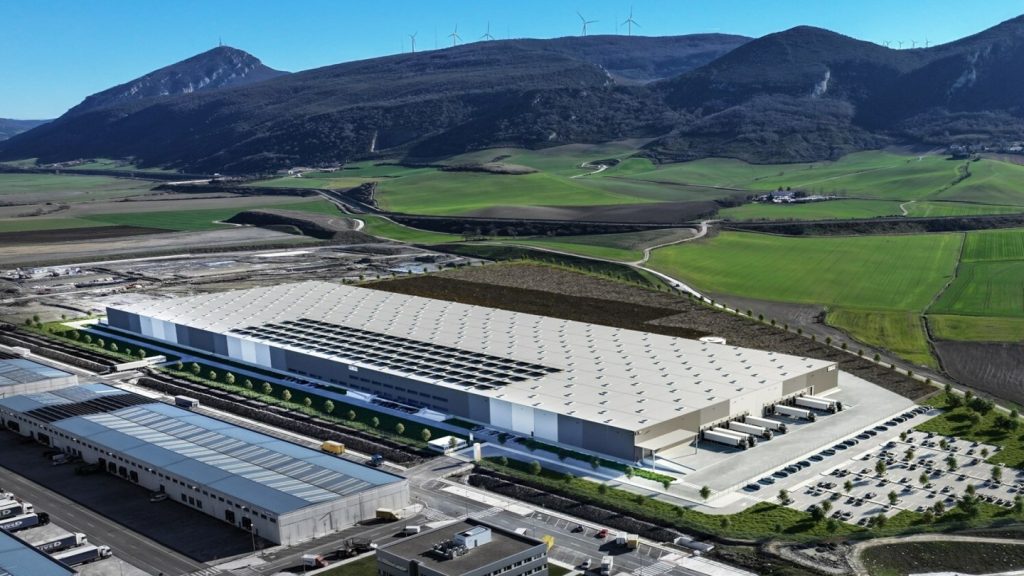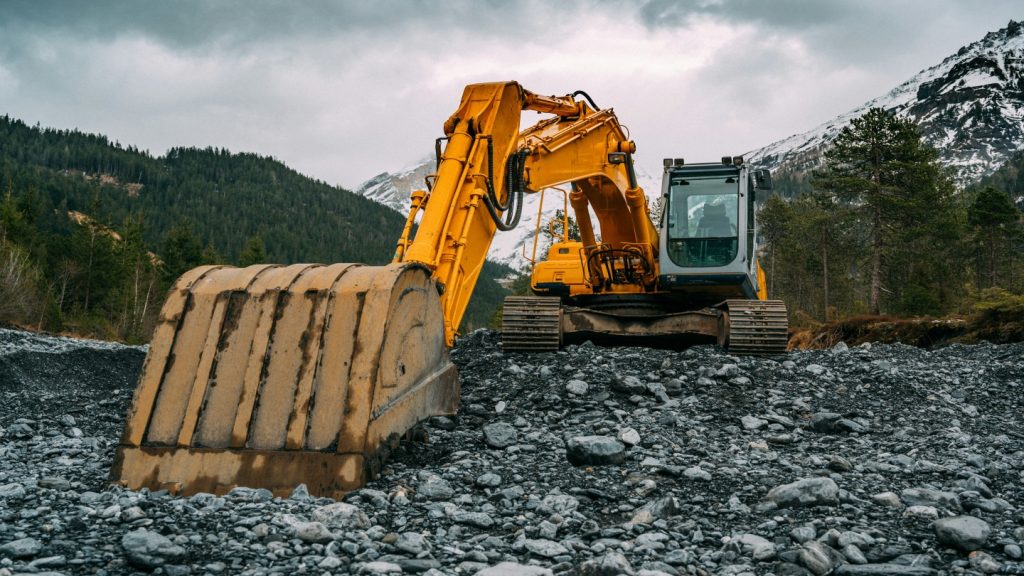As a construction worker, R-O-B has some appealing qualities: he can place bricks with uncanny precision, he never needs to take a lunch break, and he doesn’t leer at the ladies passing by. Of course, R-O-B’s not really a “he” anyway, but an industrial robot that Zurich architects Fabio Gramazio and Matthias Kohler have been using to test out the possibilities of on-site digital fabrication at full scale.
The duo’s most recent experiment astonished onlookers in New York City’s Chinatown last year, when R-O-B worked for around three weeks to build Pike Loop, a 22m-long temporary installation, accompanied by a Storefront for Art and Architecture exhibition titled Digital Materiality, a term that Gramazio and Kohler use to describe the new aesthetic that emerges through the fusion of digital design and its material expression.
Pike Loop
Pike Loop was the culmination of the architects’ work to stretch the capabilities of digital fabrication, a topic they have been researching since they founded their firm, Gramazio & Kohler, in 2000, and more recently in their academic work at the Swiss Federal Institute of Technology Zurich.
In the past, “most research has basically been conducted, mainly with subtractive techniques: milling machines and laser cutters and so on,” Kohler explains. “What we were interested in when we started the research is to go at the 1:1 architectural scale, and it became obvious very soon that if we used the machines that were usually used at architectural faculties, we would be very limited,” he says. “You get a lot of waste.”
Using an additive technique, such as brick construction, eliminated that problem. Employing an industrial robot held the promise of reliability, accuracy, and new aesthetic possibilities that went beyond what human hands could create. After working with such a robot at the Swiss Federal Institute of Technology Zurich, they decided it was time to take the show on the road: they needed a robot that could travel around for various on-site fabrication projects. In 2006 they teamed up with brick manufacturer Keller AG Ziegeleien, which helped them purchase R-O-B, a robot that’s housed in a shipping container for transportation.
How well do you really know your competitors?
Access the most comprehensive Company Profiles on the market, powered by GlobalData. Save hours of research. Gain competitive edge.

Thank you!
Your download email will arrive shortly
Not ready to buy yet? Download a free sample
We are confident about the unique quality of our Company Profiles. However, we want you to make the most beneficial decision for your business, so we offer a free sample that you can download by submitting the below form
By GlobalDataThey customised R-O-B by adding a “hand” that grips the bricks and by putting the robot on a linear track so that it could move 5m back and forth.
In the Venice Biennial in 2008, they used R-O-B to construct sections of a wavy brick wall, which were then assembled together in a nearby installation, Structural Oscillations. When Joseph Grima, then director of Storefront, approached them about doing an installation in New York, they decided to go one step further by having the robot construct a wall in situ, all in one piece. Designed using the Python programming language, the intricate looping and arching forms of Pike Loop take advantage of the robot’s ability to place a brick at any angle to the surrounding ones, swiftly and precisely (within a tolerance of 0.2mm). Using an epoxy adhesive helped make this sort of structure possible, too, since it could withstand tension loads as well as compression loads. A team of collaborators supervised the robot, which they kept on a flat-bed truck trailer so that it could be moved periodically to continue its work on a pedestrian island on Pike Street.
Theoretically, humans could construct such a wall, but the time involved would be prohibitive, since they would need to manually measure the angle of each brick in relation to the others, a painstaking process. By contrast, “With the robot, it makes absolutely no difference if it places the brick on top of the other or in some other place in space,” Gramazio says. “It takes exactly the same amount of time, and we are exploiting this.”
Proof of concept
While the technology is still experimental, the architects see Pike Loop as a proof of concept, and they’re now scaling up their ambitions, with hopes of using similar technology to create two new apartment buildings in Zurich. Bricklayers needn’t worry, though, R-O-B’s not out to steal anyone’s job. Constructing a more traditional straight wall, humans would beat a robot’s speed, Kohler says.
For Kohler and Gramazio, the lure of robotic construction isn’t automation or efficiency, per se – it’s the robot’s ability to expand the range of imaginable design possibilities.
While so far they have focused on producing unconventional brick wall shapes, the technology could also open the way for innovations in detailing, ushering in a new era of high-tech craftsmanship. A lot of “detailing freedom got lost in the last century … for the very simple reason that labour got too expensive,” Kohler remarks. “What we are experiencing now is that we get back this freedom through technology.”







